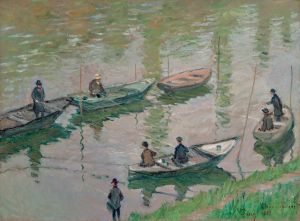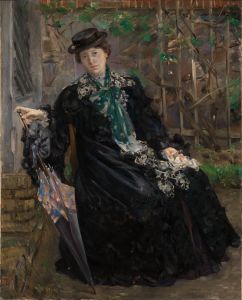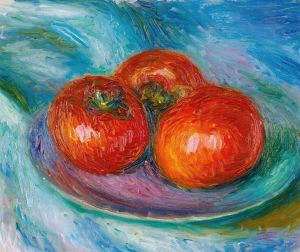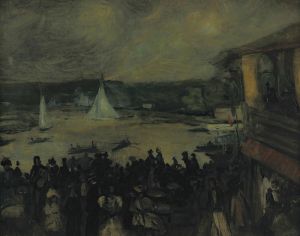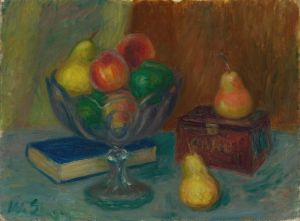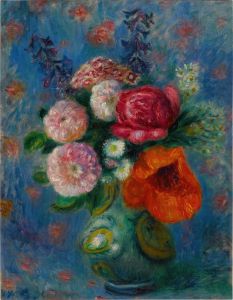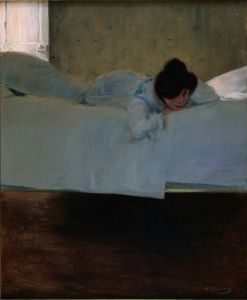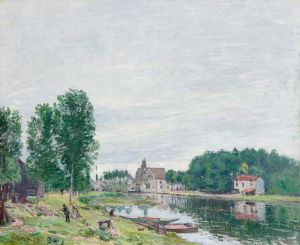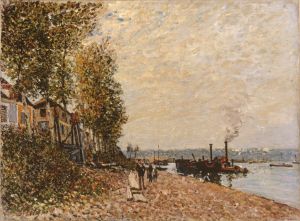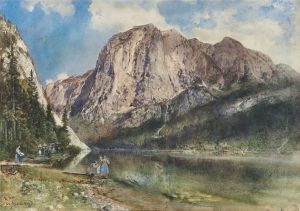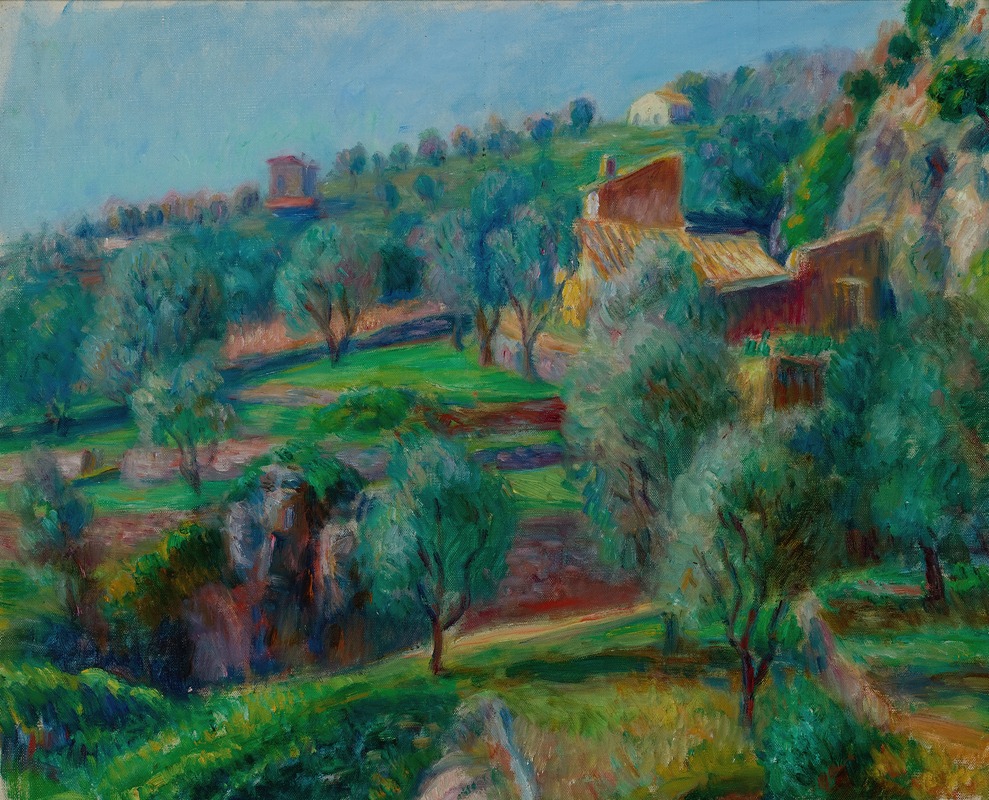
Terraces, South Of France
A hand-painted replica of William James Glackens’s masterpiece Terraces, South Of France, meticulously crafted by professional artists to capture the true essence of the original. Each piece is created with museum-quality canvas and rare mineral pigments, carefully painted by experienced artists with delicate brushstrokes and rich, layered colors to perfectly recreate the texture of the original artwork. Unlike machine-printed reproductions, this hand-painted version brings the painting to life, infused with the artist’s emotions and skill in every stroke. Whether for personal collection or home decoration, it instantly elevates the artistic atmosphere of any space.
"Terraces, South of France" is a painting by the American artist William James Glackens, who was an influential figure in the American art scene during the late 19th and early 20th centuries. Glackens was a member of the Ashcan School, a group of artists known for their depictions of everyday life in New York City. However, his style evolved over time, and he became known for his vibrant use of color and light, influenced by European Impressionism.
William Glackens was born in Philadelphia in 1870 and studied at the Pennsylvania Academy of the Fine Arts. He began his career as an illustrator for newspapers and magazines, which honed his skills in capturing scenes of urban life. In the early 1900s, Glackens traveled to Europe, where he was exposed to the works of the Impressionists and Post-Impressionists. This exposure had a significant impact on his artistic style, leading him to incorporate brighter colors and looser brushwork into his paintings.
"Terraces, South of France" exemplifies Glackens' mature style, characterized by a lively palette and an interest in capturing the effects of light. The painting depicts a sunlit terrace in the South of France, a region known for its picturesque landscapes and vibrant atmosphere. Glackens' use of color in this work reflects his admiration for the French Impressionists, particularly Pierre-Auguste Renoir, whose influence is evident in the painting's composition and technique.
The painting captures the leisurely ambiance of the French Riviera, a popular destination for artists and tourists alike during the early 20th century. Glackens' choice of subject matter reflects his interest in scenes of leisure and recreation, themes that were prevalent in his work throughout his career. The terraces are depicted with a sense of warmth and vitality, inviting viewers to imagine themselves in the idyllic setting.
Glackens' ability to convey the essence of a scene through color and light is a hallmark of his work. In "Terraces, South of France," he employs a rich palette of blues, greens, and yellows to evoke the sun-drenched environment. The brushwork is loose and expressive, capturing the play of light and shadow across the terrace and the surrounding landscape. This approach creates a sense of immediacy and spontaneity, drawing the viewer into the scene.
Throughout his career, Glackens maintained a balance between his roots in realism and his embrace of Impressionist techniques. "Terraces, South of France" is a testament to his ability to blend these influences, resulting in a work that is both visually engaging and evocative of a specific time and place. The painting is a reflection of Glackens' artistic journey and his ongoing exploration of color, light, and form.
Today, William Glackens is recognized as a key figure in American art, and his works are held in numerous public and private collections. "Terraces, South of France" continues to be appreciated for its vibrant depiction of a serene and sunlit moment, showcasing Glackens' mastery of color and his ability to capture the essence of a scene.





